Great Design Plant: Sourwood Brings Fiery Fall Color
http://decor-ideas.org 11/10/2013 04:30 Decor Ideas
Sourwood is an outstanding yet underutilized tree for the smaller landscape. The layers of midgreen foliage resemble a froth of petticoats, especially when studded with drooping clusters of white flowers in July. The interest doesn't end there — the seedpods remain on the tree throughout winter, dancing from bare branches in the breeze.
However, the greatest reason for including a sourwood in your garden has to be the spectacular fall foliage. Fiery shades of red and orange begin to show in September and continue until a hard November freeze here in the Pacific Northwest.
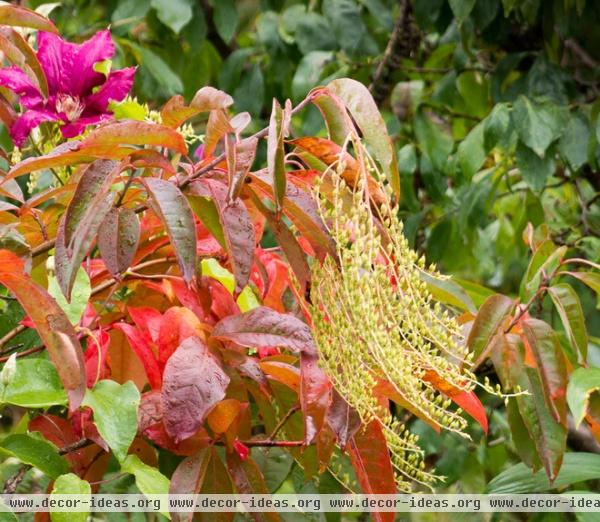
Botanical name: Oxydendrum arboreum
Common name: Sourwood
Origin: Native to the eastern United States
Where it will grow: Hardy to -20 degrees Fahrenheit (USDA zones 5 to 9; find your zone)
Water requirement: Average; fairly drought tolerant once established
Light requirement: Full sun or light shade
Mature size: 25 feet tall and 15 feet wide, but slow growing
Benefits and tolerances: Hummingbird favorite; disease and pest free; low maintenance
Seasonal interest: Spring to fall
When to plant: Fall to spring
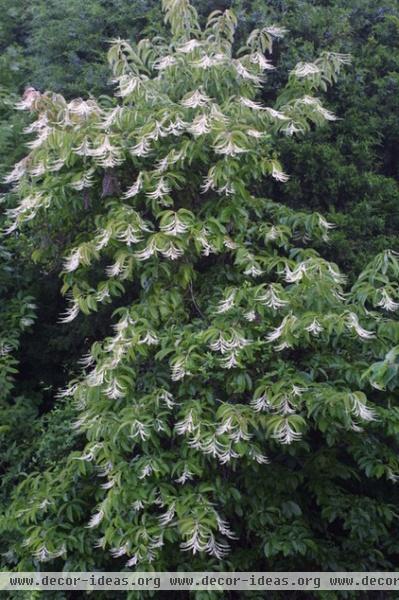
Distinguishing traits:
A small tree with a big impactFlowers appear in July, and the seed heads remain until springOutstanding fall color in vibrant shades of scarletAdapts to many soil types
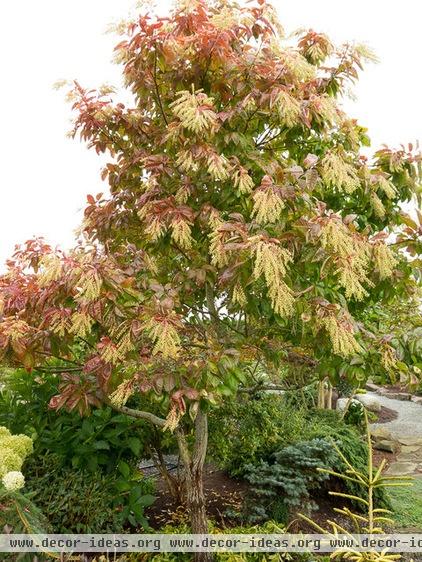
How to use it. In a small garden this tree can stand alone as a specimen, but give careful consideration to its planting partners.
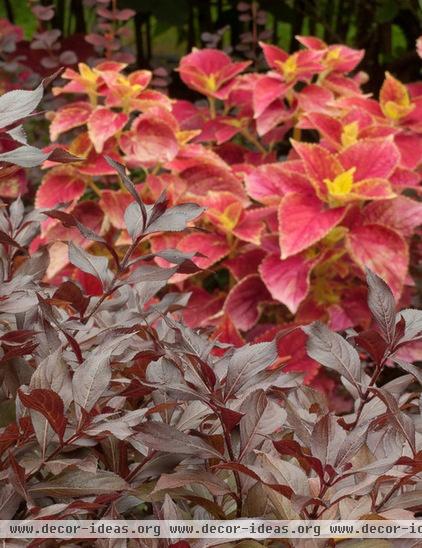
Echo the outstanding fall color by underplanting sourwood with a rich-colored shrub, such as the dwarf Midnight Wine weigela (Weigela florida 'Midnight Wine', zones 4 to 8), perhaps adding a warm-colored coleus as shown here for annual interest.
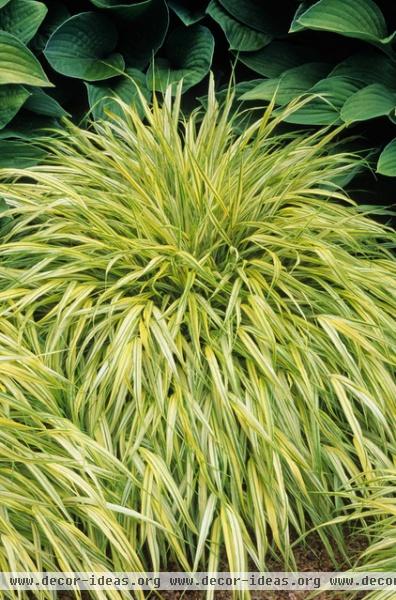
For contrast, a sweep of soft yellow Japanese forest grass (Hakonechloa macra 'Aureola', zones 5 to 9) would be beautiful.
In larger landscapes you may want to back this small tree with the tall golden Japanese cedar (Cryptomeria japonica 'Sekkan-sugi', zones 6 to 9), which would provide a four-season backdrop and scale.
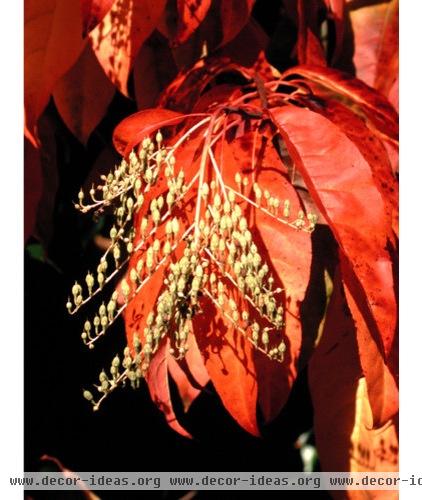
Planting notes. Plant sourwood in spring, fall or winter (if the ground is not frozen). Add bonemeal to the planting hole to promote root growth, and keep it well watered for the first two years
Related Articles Recommended












